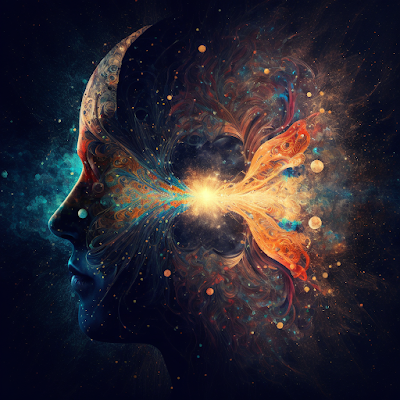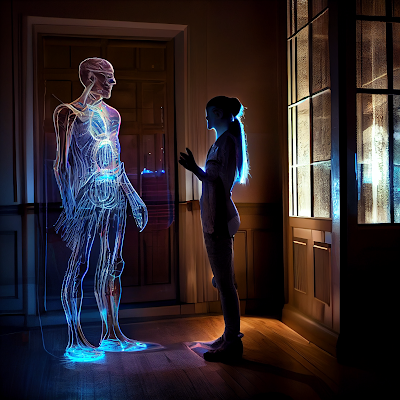Living in a Illusion? The Possibility of a False Vacuum
Introduction
Have you ever wondered about the stability of our universe? Is it possible that we are living in an illusion? The concept of a false vacuum is a fascinating topic that has been a central concept in particle physics and cosmology. In this blog post, we will explore the possibility of a false vacuum, its implications for the stability of our universe, and the ongoing research and debate around this theory.
What is a False Vacuum?
A false vacuum refers to a state of the universe in which it appears to be in a stable, low-energy state, but in reality, it is unstable and could transition to a lower energy state called the true vacuum. According to quantum field theory, there are many possible vacuum states, and the state with the lowest energy is considered the true vacuum, while higher energy states are considered false vacuums.
Vacuum Decay
One of the key implications of the false vacuum theory is the possibility of a vacuum decay, in which the universe transitions from a false vacuum state to a true vacuum state. This process is thought to be triggered by the formation of "bubbles" of true vacuum within the false vacuum. These bubbles expand and eventually collide, causing the universe to transition to the true vacuum state.
Implications for the Universe
The theory of a false vacuum could potentially explain some of the mysteries of the universe, such as why the universe has the properties that it does. The properties of the Higgs field, which is responsible for giving particles mass, could be explained by a previous vacuum decay. Additionally, the theory of a false vacuum could also provide a possible explanation for the observed accelerated expansion of the universe, as well as the existence of other universes.
Ongoing Research and Debate
Despite the potential implications of the false vacuum theory, it is still a topic of ongoing research and debate among scientists. Currently, there is no definitive evidence that we live in a false vacuum state, and further research is needed to confirm or refute the theory. However, some scientists have proposed potential ways to test for the existence of a false vacuum, such as through the detection of cosmic rays or the observation of a change in the properties of the Higgs field.
Conclusion
In conclusion, the concept of a false vacuum refers to the idea that the universe is in a stable, low-energy state, but in reality, it is unstable and could transition to a lower energy state. The theory of a false vacuum has the potential to explain some of the mysteries of the universe, such as the properties of the Higgs field and the accelerated expansion of the universe. However, it is still a topic of ongoing research and debate among scientists, and there is currently no definitive evidence that we live in a false vacuum state. Stay tuned as scientists continue to study and explore the fascinating world of particle physics and cosmology.













Comments
Post a Comment